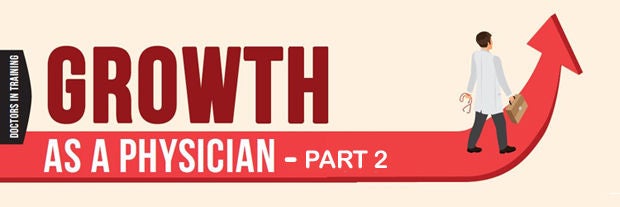HealthXchange will NEVER ask you to transfer money over a call. If in doubt, call the 24/7 ScamShield helpline at 1799, or visit the ScamShield website at www.scamshield.gov.sg.

A junior doctor’s reflections on what he has learnt so far, and how much more he has to go.
“Clinical reasoning – not knowledge – makes the difference between a student and a seasoned medical officer. When I teach students, I find that many can quote evidence-based treatment of heart failure, yet are stumped when given a breathless patient and told to “figure out what is wrong”. Many can list differentials for a symptom, but struggle to interpret what the patient in front of them says.
One critical aspect of clinical reasoning is the ability to diagnose – if one can’t diagnose, one can’t treat. Suppose a 40-year-old lady presents with a three month history of progressive quadriparesis. Examination finds symmetrical weakness with wasting, fasciculations, brisk reflexes and normal sensation. A student might connect wasting to nerve or muscle disease, or equate brisk reflexes to stroke. A resident might use an algorithm and localise the lesion to bilateral brain or motor neuron pathology. A registrar might immediately and intuitively recognise motor neuron disease. Finally, a consultant might think hard for treatable differentials, trying not to diagnose motor neuron disease, because it is such a terrible disease. So the process of diagnostic reasoning matures from guessing, hypothesis testing, to a combination of structured algorithms and unstructured intuition.
Algorithms can be learnt and I have put together some of these with the caveat that they are not a substitute for seeing real patients. That would be a tragedy, for an algorithmic framework without illness scripts is akin to a well-organised library with no books. Indeed, patients have proven to be my best teachers time and time again.
Another critical aspect of clinical reasoning is the ability to ask the right questions – going beyond “this patient has asthma” to “why is she having such frequent flares?” or “is this simply asthma, or something more?” This requires intellectual curiosity, plus the discipline of deliberate reflection to extract key lessons from patients seen, integrate new insights with existing knowledge and apply these takeaways to new patients.”
Enjoyed this story? Next month, Dr Fong ponders how to journey with our patients; not simply treat the disease.

Excerpt from Growth as a physician, SMA News, July 2019, Pg 20 – 21
We love mail! Drop us a note at lighternotes@sgh.com.sg to tell us what you like or didn’t like about this story, and what you would like to see more of in LighterNotes.
Get the Health Buddy App
© 2025 SingHealth Group. All Rights Reserved.













 Get it on Google Play
Get it on Google Play